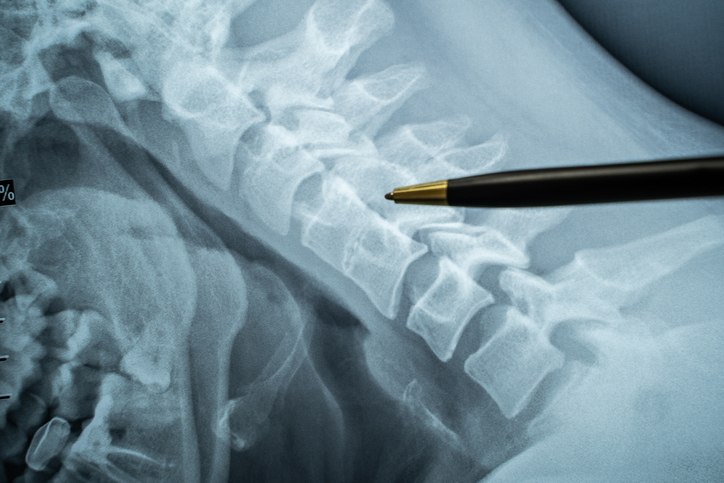Pain
How Does Attachment Style Impact Pain Experience and Treatment?

What is attachment theory?
The psychological model of attachment theory is a method used to describe how humans emotionally connect with others. How a primary caretaker cares for children will mold how they connect with others as they grow older. Attachment theory separates people into four categories, which includes the following:
- Secure attachment. As babies, these individuals had their physical and emotional needs met by their caregivers. Secure attachment is the ideal attachment style. In an experiment, they would become upset when the caregiver left the room and soothed upon their return. In adult life, individuals with this attachment style are likely to be trusting and emotionally available to others, enabling them to form long-lasting and healthy relationships with others.
- Anxious attachment. During early life, inconsistent care was received from the caregivers, teaching children that they may or may not receive the attention they require. When caregivers left the room, they became extremely upset and were hard to console, even upon the caregivers return. As adults, these individuals are often seen as “clingy” or “needy,” and may have an untrusting nature. They will likely seek out extra reassurance in their personal relationships due to a fear of abandonment.
- Avoidant attachment. Caregivers in the child’s early life may have responded to physical needs, but were typically unable to provide them with the necessary emotional support. These children learned that they cannot rely on caregivers to meet their emotional needs. As adults, they may be emotionally closed and struggle to seek out emotional support, or provide it to others.
- Disorganized attachment. These children were likely raised in environments of fear and trauma. As infants, their relationships with their caregivers were likely erratic and incoherent. When their caregivers left, they would respond in various unpredictable fashions, such as banging their heads against the floor or “freezing.” As adults, these individuals may want close relationships, but simultaneously tend to push others away.
Attachment styles and health care
Attachment theory is often used to discuss personal relationships, but its applications in adult life doesn’t stop there. It can be used to analyze romantic and platonic relationships, professional relationships, etc.
In the medical field, attachment style can help analyze the relationships patients have with their health care providers. Recognizing an individual’s attachment style is an important part of their treatment plan. If a provider knows the attachment style, they can communicate better, get an idea of certain conditions they may be prone to, and provide improved treatment plans.
Impacts of attachment styles in health care
Those with secure attachment are generally at lower risk of chronic pain and disability than individuals with insecure attachment types. They have a higher likelihood to be trusting and may not need much time to warm up to their physician. Individuals with insecure attachment styles, such as being anxious, avoidant, and disorganized, are more likely to develop chronic pain. Therefore, determining the attachment style is a significant tool to assess risk in certain health areas.
Those who have anxious attachment are prone to chronic, widespread pain. They are more likely to report pain, and have a higher level of disability, than those with secure attachment. In a study, these individuals were shown to have increased numbers of psychosocial disabilities. Women with anxious attachment styles reported an increase of catastrophizing during days that they experienced higher pain levels. These individuals may need more reassurance, support, and consistent contact from their health care providers.
Individuals with avoidant attachment were shown to present higher levels of physical disability. They were also shown to exhibit more restraint when socially coping. These individuals may require more time and patience in order to develop a trusting relationship with their health care provider. Contact and engagement should generally start small and increase over time.
Those with disorganized attachments are at risk for poor treatment outcomes in medical settings. They are likely to have mental health and personality disorders in their adulthood. These individuals may require specialized mental health care as part of their standard care.
Reactive attachment disorder
Individuals who do not form a bond with their primary caregiver are subject to negligent care or abuse. Oftentimes, they do not have their needs consistently met and are at risk for reactive attachment disorder (RAD). This disorder is characterized by children who are aware cognitively of what is going on around them, but fail to respond emotionally to these events. They often do not seek affection from caregivers and prefer to be alone.
Although RAD is uncommon, it can present complications, such as psychological disorders. This may include depression, PTSD, anger management issues, eating disorders, and drug and alcohol abuse. It may also delay developmental milestones and increase risk-taking, such as frequent or unprotected sexual encounters. Understanding the risk for RAD is an important part of assessing a person for future behaviors and conditions.
Takeaway
Fostering trust between providers and those they treat is an essential part of quality health care. Trusting a provider has shown to provide a higher quality of life, fewer symptoms, beneficial health behaviors, and increased satisfaction with treatment. A positive outcome develops when providers meet individuals where they are in terms of communication and are aware of the risk factors associated with their attachment type.


















